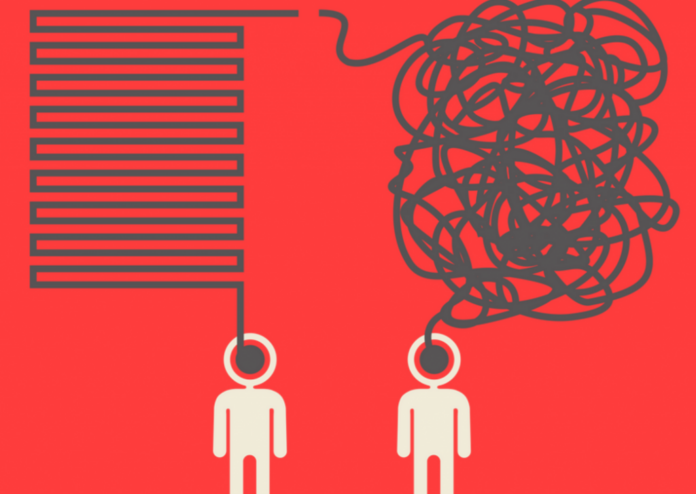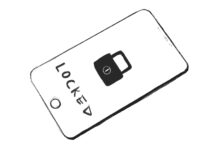In many ways, pharmacists are on the front lines of people’s confusion with health information. Community, retail, and clinic-based pharmacists are the ones who often field people’s questions about what and how to use medicines and are therefore well positioned to catch misunderstandings that can occur as frequently as 50% of the time.2 Lacking a personal connection with a pharmacist or pharmacy staff is a predictor of non-adherence,3 which (along with suboptimal prescribing, drug administration, and diagnosis) is estimated to cost $290 billion per year in medical spending.4 According to an Institute of Medicine report, medication errors harm at least 1.5 million people each year, resulting in an estimated $3.5 billion in added health care costs plus unknown damage to the economy due to lost wages and productivity.5 Because many of these errors are preventable, the report recommends specific steps that pharmacists and other health professionals should take to ensure that patients are fully informed about their drug regimens and to minimize chances of mistakes.
The National Action Plan also includes goals and strategies that pharmacists can use to protect patients and create positive change in pharmacy systems. The topics and studies in this special issue align most closely with the National Action Plan goals on accessible, accurate, and actionable health information (Goal 1) and health literate health care services (Goal 2). Conducting the studies and publishing the results support other National Action Plan goals, including increasing the amount and quality of health literacy research and evaluation (Goal 6) and disseminating research and evaluation findings to inform practice (Goal 7). As a collection, the articles speak to the multiple goals and strategies that pharmacists must pursue to improve health literacy.
Three key points about health literacy underscore the articles in this special issue.
- Effective health communication utilizes both the spoken and written word. Given the complexity of many conditions and treatments, we can’t rely on a single mode of communication, no matter how clear, to convey meaning fully. Pharmacists must develop excellent oral and written health literacy skills so they can communicate with patients and assess the quality of patient education materials produced by others.
- There are a number of health literacy tools that can help pharmacists implement health literacy practices, but implementation can nevertheless be difficult. Often health literacy action begins with undergoing an environmental assessment to identify areas for improvement, but even assessments can be challenging. No single tool may address all the health literacy issues in a given situation, and practitioners have to combine and refine the available tools to fit their environment. Evaluators of health literacy tools may need to expand their own toolkits to capture the complexity of a multi-tool intervention.
- Even with their limitations, readability assessments can be a step on a path toward more productive provider–patient communication. Pharmacists can use the insight of readability scores to rethink how to communicate with patients and as a prompt to apply the “gold standard” of testing materials with the intended users of the information.
The field is ripe to test interventions that transform pharmacy practices to improve health literacy. These interventions will be richer and more effective if they are based on theories of organizational and professional change and how health care systems function. The substantial existing research on medication errors and misunderstandings can inform meaningful changes in how health care organizations provide, explain, and monitor safe and effective medicine use. Similarly, health literacy education, training, and practice improvement tools can contribute to reorienting future and current pharmacists. But to create “health literate pharmacies,” practitioners and researchers must collaborate in evidence-based redesign of the “pharmacies of the future.” Our medication delivery systems must be designed to make clear communication easy rather than perpetuate confusion and errors. We can’t rely on individual pharmacists’ good will if the systems they operate in hamper their ability to promote the safe use of medicines. Pharmacists need supportive, accountable systems that foster and sustain productive partnerships with patients.
This article touches on the political and financial benefits of addressing the health literacy gaps in the country. One of the main topics discussed is the lack of connection patients have with their pharmacists. The current process involves a written prescription from a physician which is sent to a pharmacy. Patients likely pick up their prescription from their local pharmacy where they have minimal interaction with their pharmacist. Additionally, once they open their medication, alongside it are foldable pamphlets with an overwhelming amount fo small text with medical jargon. Communication is lacking between the pharmacist and the patient as well as between the written information and the patient. Our concept should take into account both of these communication areas.





I agree that communication and connection is key in why there is a gap between the pharmacist and the patient. I think if we start to think about how to strengthen this communication it can lead to very interesting conversations that can lead to interesting solutions.
I agree as well, the communication on both ends needs to be understood and exercised in the delivery of medications. Not only can large amounts of text be overwhelming but also the font as specific information can decrease in size making it physically harder to read. The information that is shared should not scare a patient but inform and such capability appears to be lacking leading to the current issue in pharmaceutical literacy.